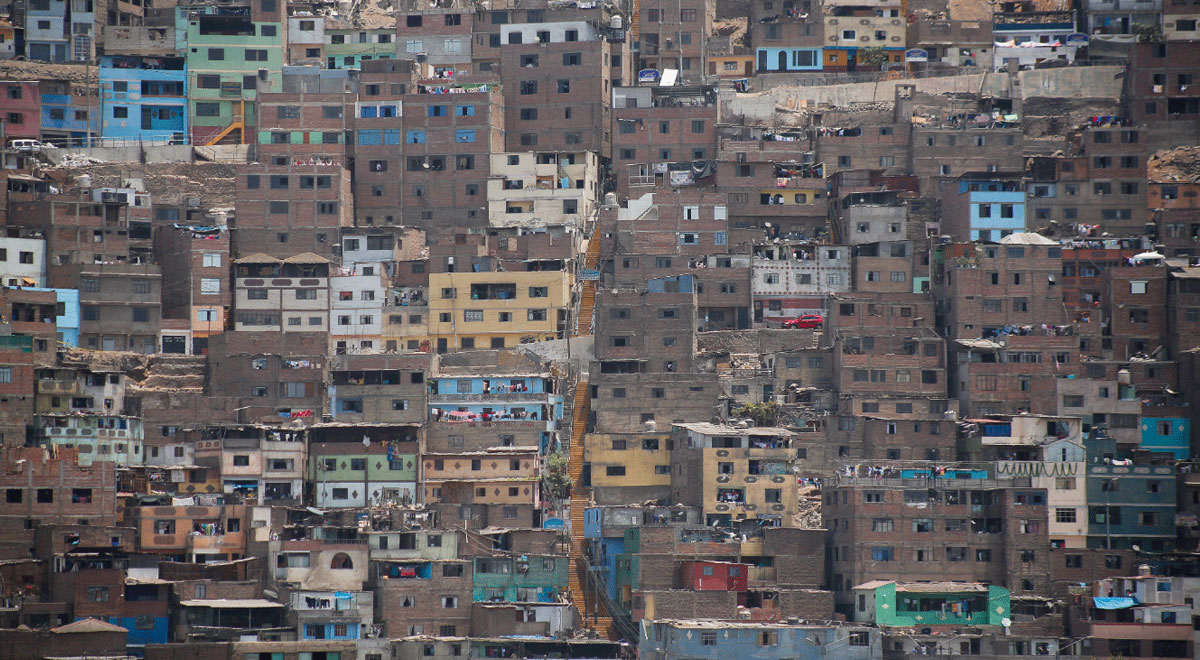
67% of the homes built in Metropolitan Lima between 2009 and 2020 were made informally, a percentage that could exceed 80% in other regions of the country, according to the Peruvian Chamber of Construction (Capeco). The recent crises caused by the COVID-19 pandemic, the mudslides and heavy rains, as well as the severe earthquakes, have shown the dramatic consequences of the irregular construction of houses: loss of family assets and lives.
For this reason, the business union pointed out that Peru must go from building 60,000 houses a year to 150,000 so that it can reduce the housing gap. To achieve this, it is necessary to allocate more resources to housing financing programs; articulate investment plans in public services; rationalize the technical and administrative procedures that govern urban development and construction; promote innovation in construction processes to have cheaper, safer houses that are better adapted to climate change; and, finally, promote safety on construction sites.
“If this challenge is to be systematically addressed, it is urgent to give housing policy the same priority that is given to health, education and social protection in the government’s strategy for social development and generation of opportunities,” said Guido Valdivia, director Capeco executive.
In addition, for a sustainable growth of the construction sector, Capeco suggested that a orderly growth of cities, which requires the formulation and updating of territorial development plans, the creation of urban cadastresthe incorporation of state-owned land and peasant communities to the formal market to ensure a sustainable supply of housing and other facilities.
What infrastructure projects should be prioritized this 2023?
Regions like tumbes, piura and Lambayeque They have been the most affected by the intense rains that have been registered in the first months of the year; For this reason, the central government must concentrate its efforts on repairing the damage to the infrastructure, as well as prioritizing investment in storm drainage and watershed control systems in the affected areasCapeco pointed out.
“In this context, the proposal of the Executive Branch to transform the current Authority for Reconstruction with Changes (ARCC) into a National Infrastructure Authority (ANI) is inappropriate. It is not reasonable to subject the ARCC to an administrative adaptation process that can take six months instead of strengthening its management so that the prevention works that this entity has been managing can be accelerated,” said the executive.
Source: Larepublica
Alia is a professional author and journalist, working at 247 news agency. She writes on various topics from economy news to general interest pieces, providing readers with relevant and informative content. With years of experience, she brings a unique perspective and in-depth analysis to her work.












